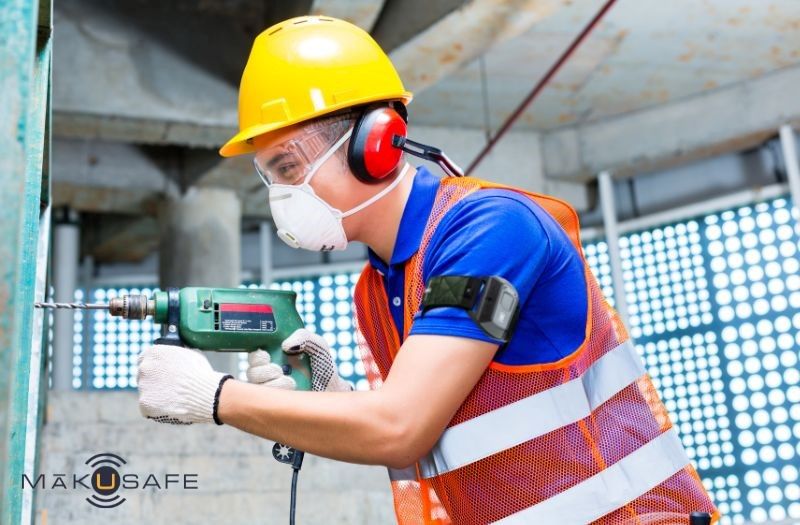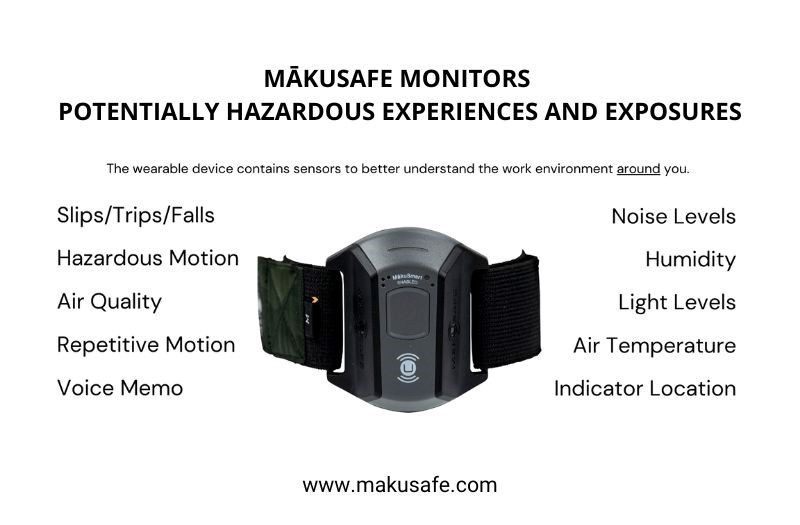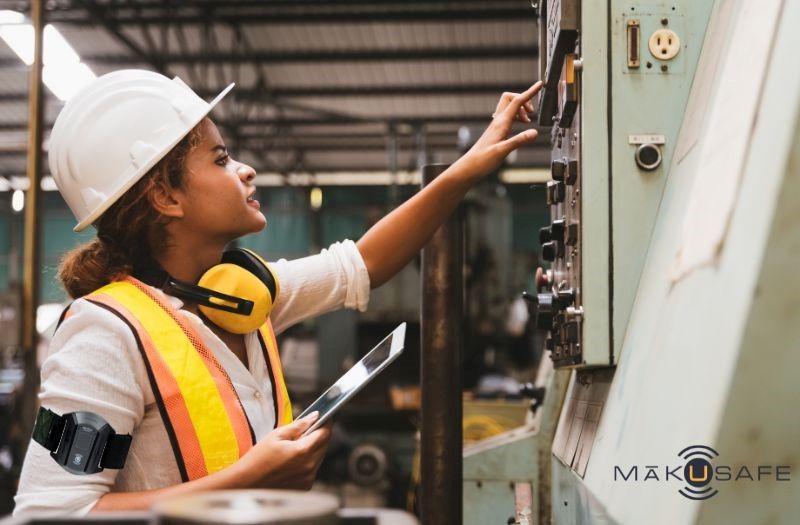Contributor: MākuSafe
Hearing loss is one of the most prevalent recorded occupational illnesses for industrial workers. 22 million workers are exposed to potentially damaging noise at work each year, according to OSHA. The most tragic part of this particular injury is that once the hearing is damaged, it is irreparable. A hearing aid can make improvements in some cases, but there is no solution to completely repair hearing loss.
When thinking of hearing loss, you may not also associate it with cardiovascular impact. A Harvard study found after adjusting for other factors that contribute to cardiovascular risk (including air pollution), every 5-decibel increase in the average 24-hour noise level was associated with a 34% increase in heart attacks, strokes, and other serious heart-related problems.1 Researchers are finding that acute noise stress can cause a physical disruption of the plaque, leading to cardiovascular disease, including acute and chronic coronary syndrome, stroke, arrhythmia, arterial hypertension, and heart attack, plus mental health disorders such as depression and anxiety.2

In addition to being exposed to noise, some workers are already predisposed to be more susceptible to hearing loss based on genetic factors and men are almost twice as likely as women to have hearing loss among adults aged 20-69. These factors make it extremely important to not only have a hearing conservation program, in today’s world there’s more that can be done to prevent hearing loss. There are many innovations in safety technology that may offer game changing opportunities for improved results. Wearable devices that include real-time sound monitoring for each individual can provide real-time leading indicator data about exposure.
Even with the most well-intentioned hearing conservation program, workers have reported inconsistent use of hearing protection. In fact, 28% of noise-exposed manufacturing workers report not wearing hearing protection at all. Plus, noise levels can differ drastically from one worker to the next across a job site. Utilizing wearable technology containing noise dosimeters provides an essential data-driven layer of protection for workers who may or may not be fully protected with ear plugs and noise-reduction ear muffs.
Tips for Protecting Your Hearing in an Industrial Environment
- Wear hearing protection such as well-fitted ear plugs or noise-reduction headphones or earmuffs (or in some cases, a combination of both for sounds over 105 decibels)
- Avoid being exposed to sounds greater than 85 decibels for an extended period. (For example, 85 decibels is an average hair dryer, a lawn mower or leaf blower)
- Be aware of not only constant and intermittent noise but also note one-time loud sounds that can cause permanent damage
- Consider adding wearable technology such as MākuSafe to your PPE, for comprehensive protection.
How Can MākuSafe’s Wearable Technology Help Prevent Hearing Loss
MākuSafe has placed a premium on understanding every worker’s noise exposure during the course of their workday. The goal of “individualized safety” means the MākuSafe wearable technology is collecting real-time noise exposure data from around the worker and reporting it to a Cloud platform, MākuSmart. The wearable device contains a full noise dosimeter, and is worn within 18 inches of the ears. The insights from the sensors give safety managers immediate notifications and accurate information, including time weighted average (TWA) and noise dose. MākuSafe displays this intelligence for each individual, provides notifications, and allows for study of a facility’s work areas by mapping sound and other environmental hazards. This enables leaders to be preventative and proactive, facilitates early intervention and prevents hearing loss based on data evidence.

Schedule a demo to learn more about adding MākuSafe to your hearing conservation program.
Sources/stats cited: CDC, NIOSH, OHSA

